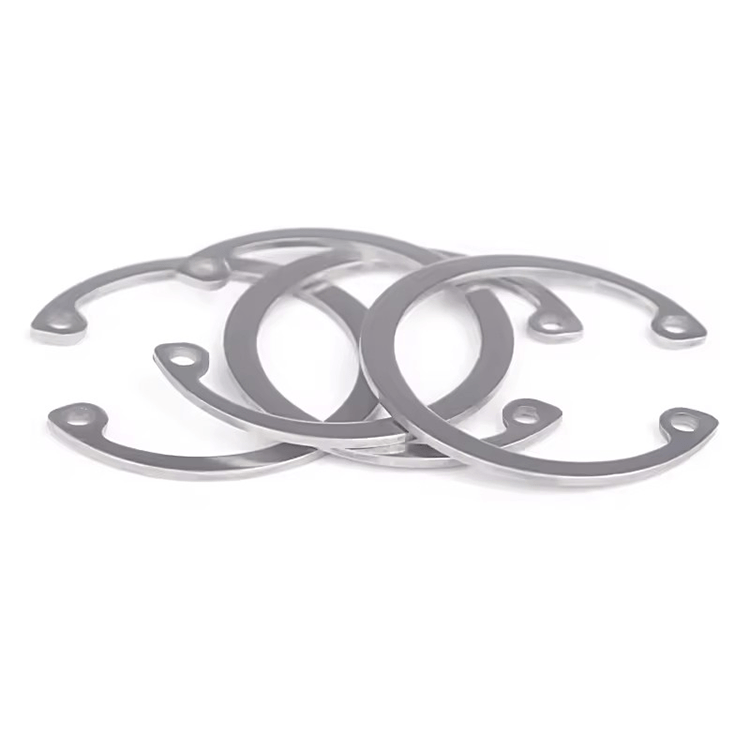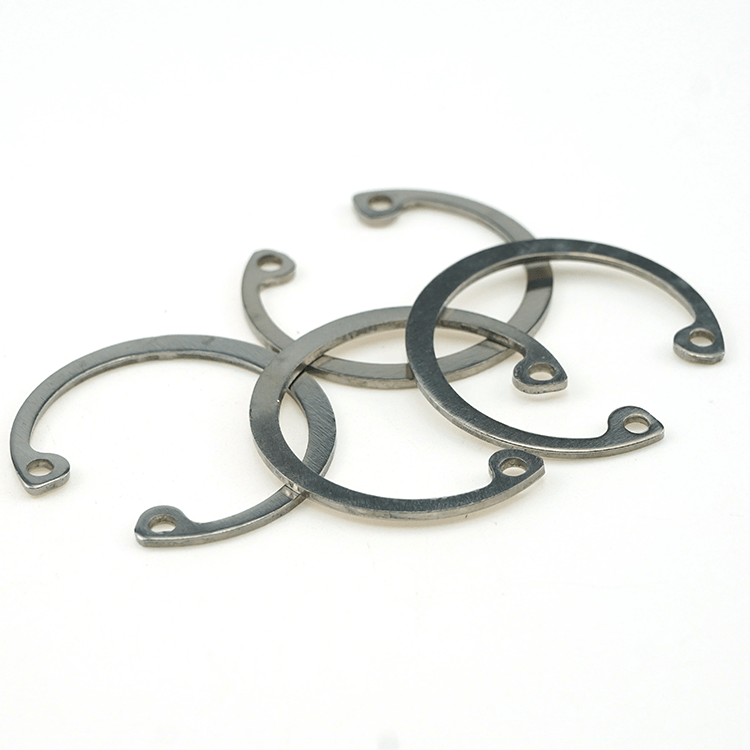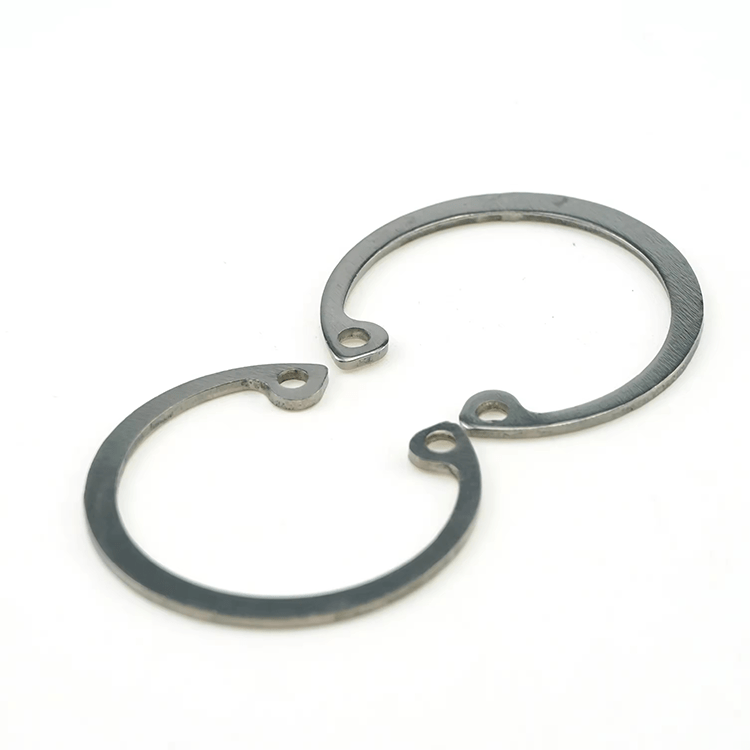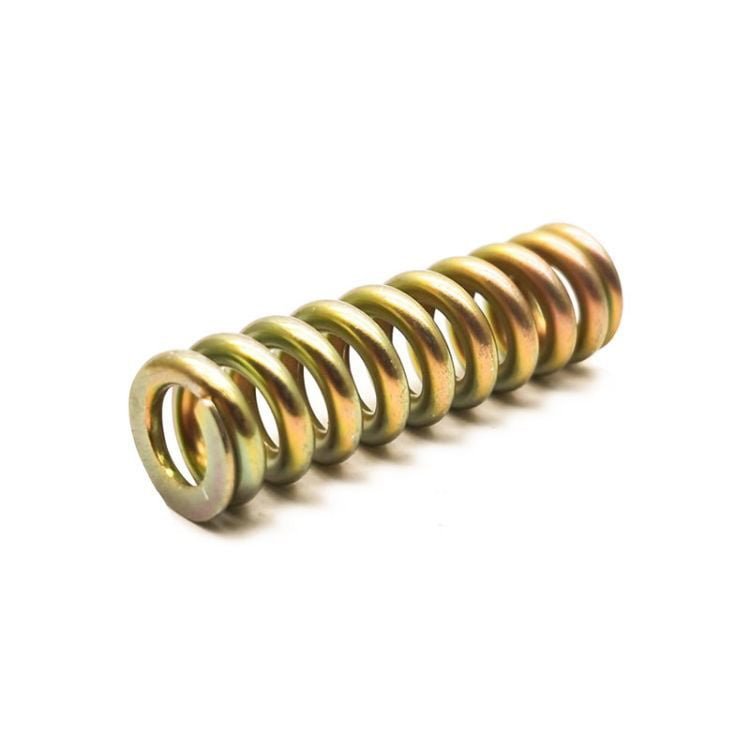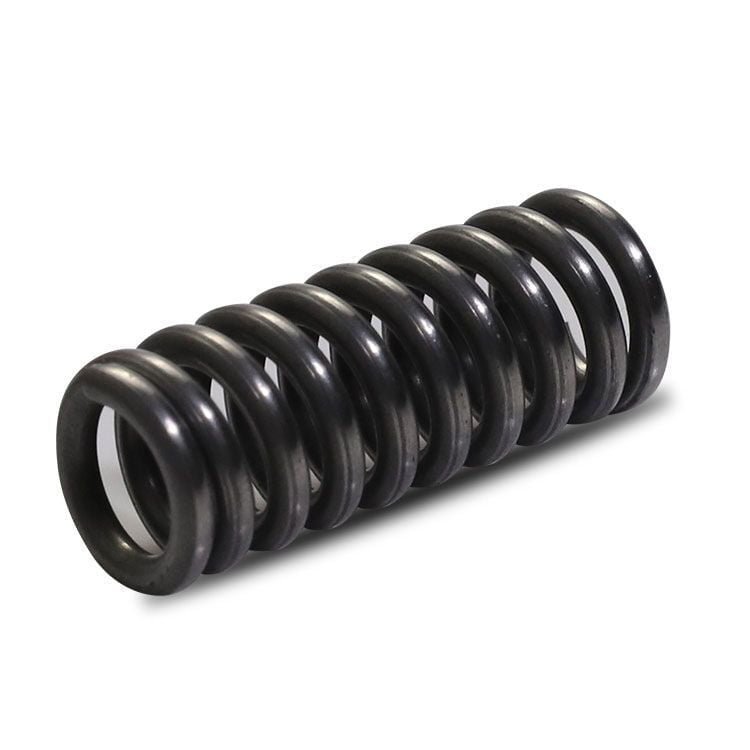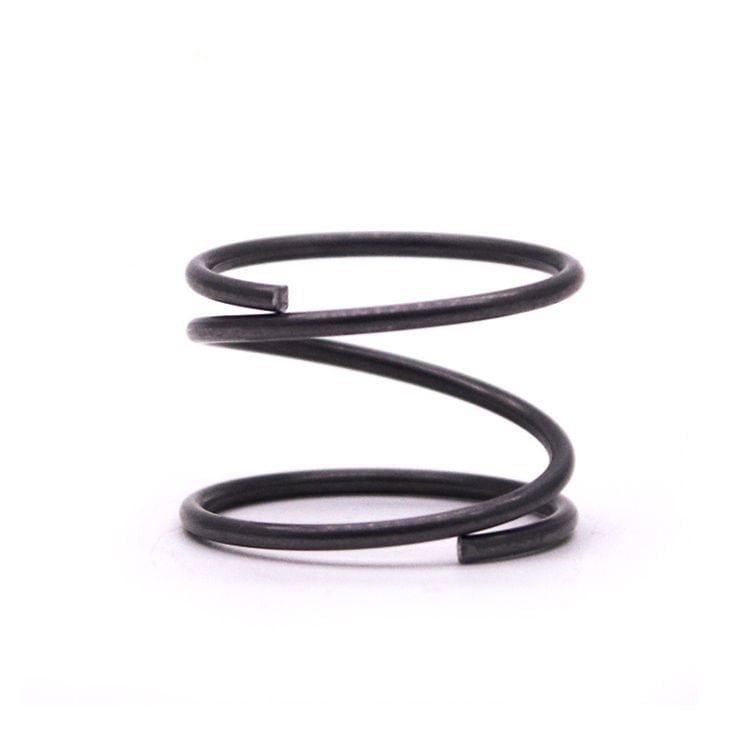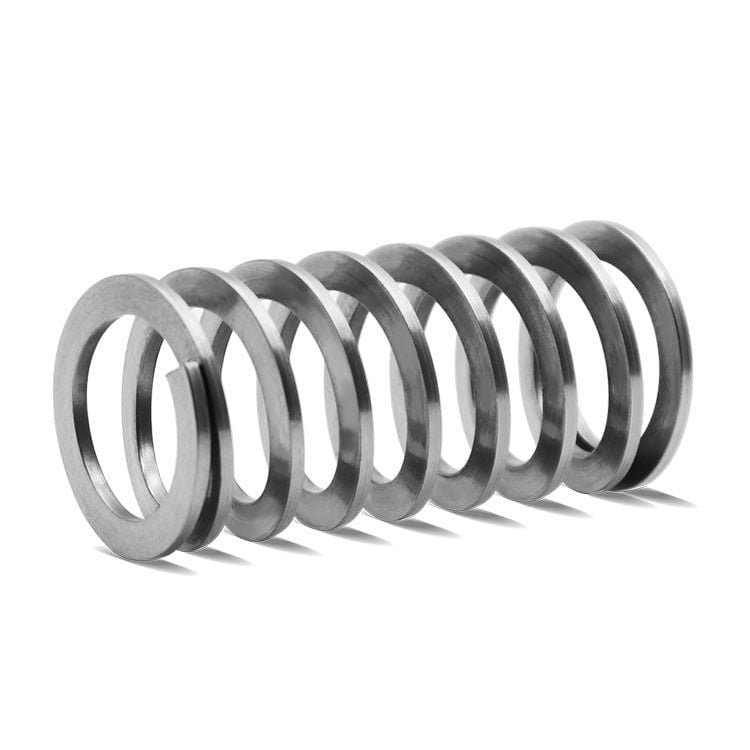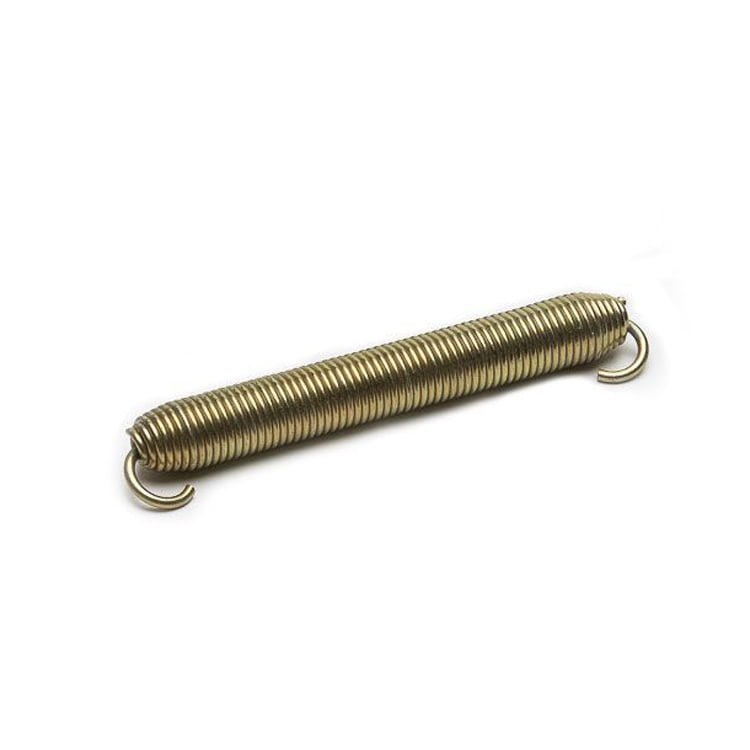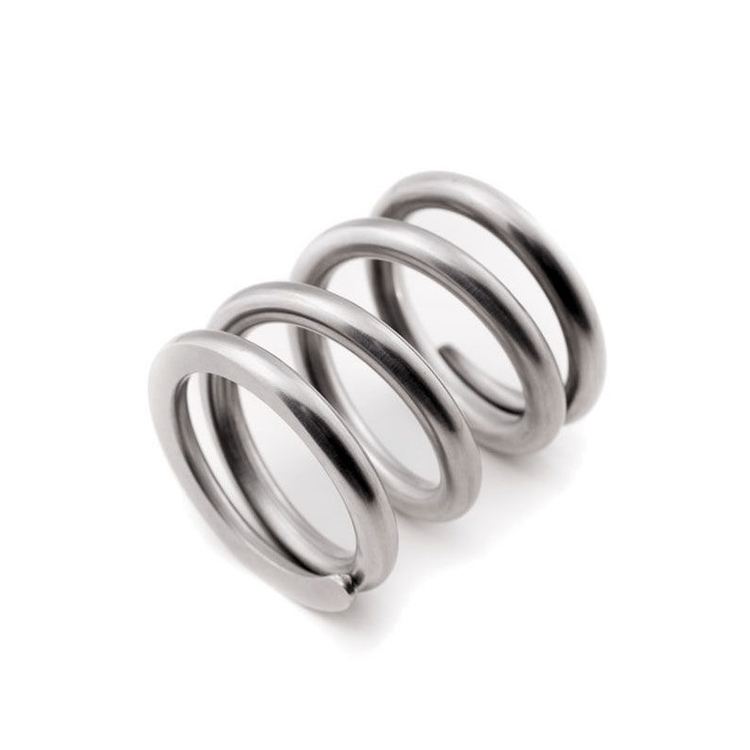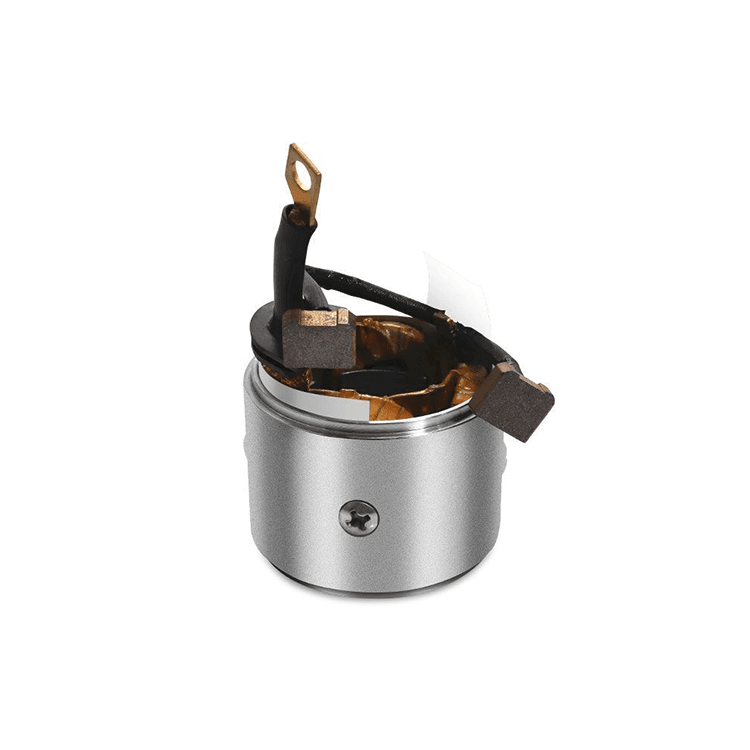Internal snap ring
The internal snap ring is installed in a cylindrical hole or housing with a groove. The internal snap ring is firmly fixed inside the circular component and acts as a spring that pushes outward, providing a constant radial force.
The correct installation of the internal snap ring is very important. These rings are suitable for various components and housings. As the radial tension in the component increases, the internal retaining ring will push it from the center to the wall, which can keep the component in place.

The internal snap ring is a type of fastener used to fix components or assemblies on shafts or within holes. It is usually an open circular metal ring that allows it to expand slightly to fit the shaft or compress to fit the groove in the hole. Once in place, the internal snap ring will return to its original shape, applying pressure against the groove wall to securely fix the component in the proper position.
Main features of the internal snap ring:
- Material: Usually made of hardened steel, stainless steel or other durable materials.
- Shape: Circular with one end open, allowing for expansion or compression.
- Installation: Requires snap ring pliers for installation or removal.
- Usage: Commonly used in automobiles, machinery and equipment components to fix bearings, gears or other parts.
Internal snap rings are widely used in various mechanical equipment and structures, including but not limited to:
- Automotive industry: Used for shaft and bearing fixation in components such as engines and transmissions.
- Aerospace: Provides reliable fixation and anchoring in precise mechanical systems.
- Industrial machinery: Such as parts fixation in equipment like machine tools, pumps, valves, etc.
There are significant differences between internal snap rings and external snap rings in design and application, and these differences are mainly reflected in the following aspects:
1. Design and Structure
Internal snap ring:
- It is usually made of a curved snap ring, and its curved part fits inside the linked parts. The design focuses more on providing a stable fixing force inside to prevent the connection from moving or falling off internally.
External snap ring:
- It adopts the opposite design, and its curved part is placed on the outside of the connecting part.
- It fixes the connecting pieces by applying pressure or clamping force from the outside to prevent them from loosening or separating.
2. Function and Usage
Internal snap ring:
- It is mainly used to fix or connect parts located in the internal space, such as the fixation of insulators in the housing.
- It ensures that the parts will not shift or fall out when subjected to external forces such as vibration, stress or insertion and extraction.
External snap ring:
- It is often used in scenarios that require external clamping or fixation, such as clamping the anti-loosening ring to compress the spring and steel balls.
- It ensures that the locking device can be locked normally to prevent components such as springs and steel balls from loosening and falling off.
3. Application Fields
internal retaining ring:
- It is widely used in scenarios that require internal fixation and connection, such as electronic devices, mechanical equipment, etc.
- In electrical connectors, the internal snap ring is used to clamp the insulator to ensure its stability in the housing.
External snap ring:
- It is also applicable to a variety of fields, but is more focused on scenarios that require external clamping force.
- It is widely used in fields such as pipeline connection, mechanical parts and components, and automotive manufacturing.
4. Materials and Durability
Internal snap ring and external snap ring:
- Both are usually made of metal materials, such as stainless steel, spring steel, etc.
- The choice of metal materials and manufacturing processes determine the durability, corrosion resistance and stress relaxation properties of the snap rings.
V. Installation and Disassembly
internal retaining ring:
- Special tools or techniques may be required during installation to ensure it is correctly fixed in the internal space.
- Corresponding skills or tools may also be required during disassembly.
External snap ring:
- Installation and disassembly are relatively straightforward and can usually be accomplished by hand or with simple tools.
- However, care still needs to be taken to avoid damaging the snap ring or the connecting parts.
The correct selection and use of the internal snap ring are crucial for ensuring the stability and reliability of the connecting parts.
